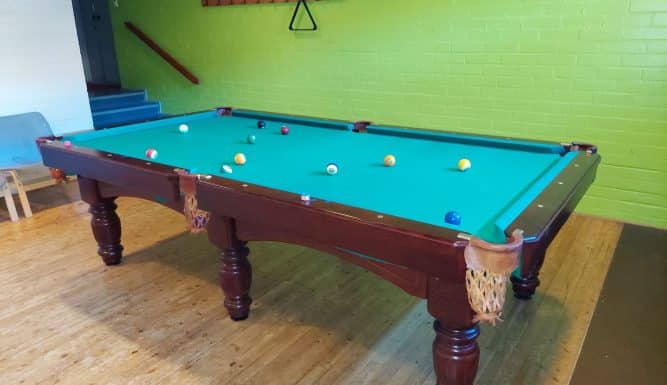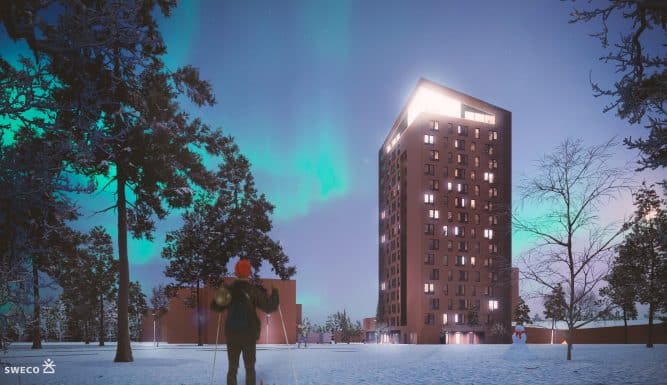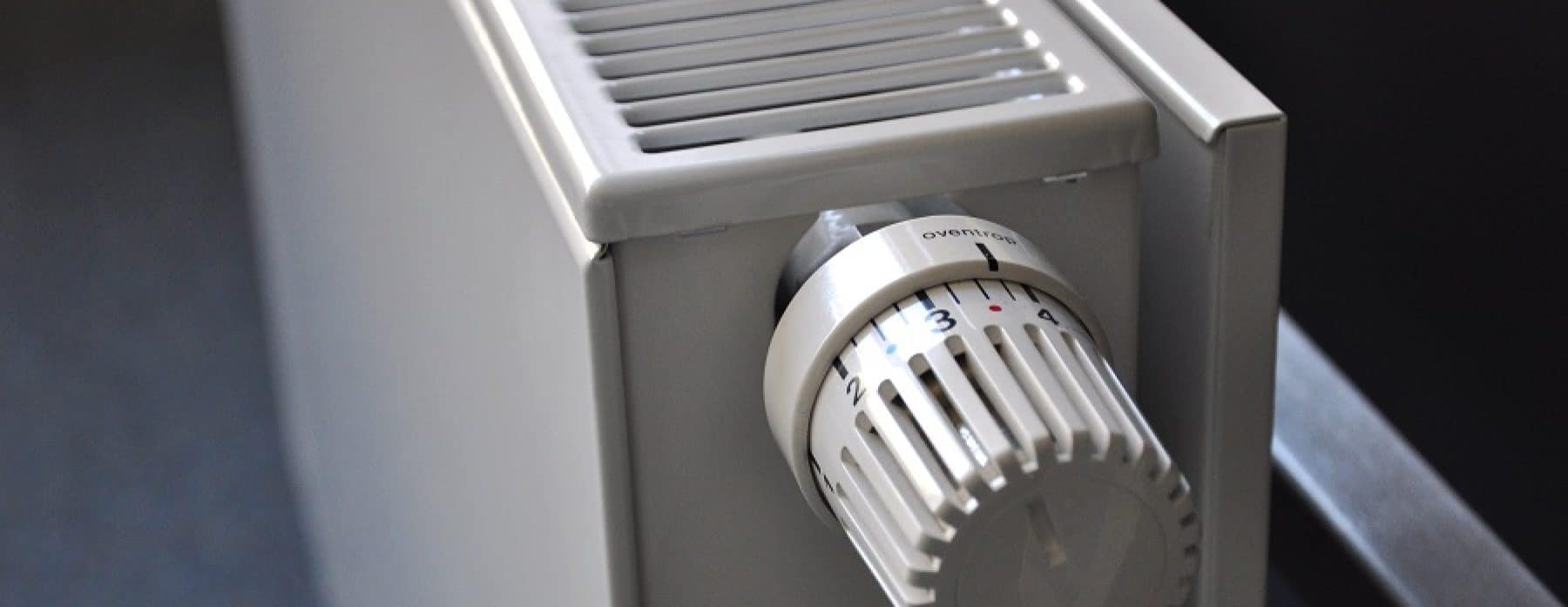In the 1990’s, a certain primary school teacher used to hum this sentence while jumping up and down to keep warm.
Based on recent feedback, the same tune has been heard in many of our apartments too. In the past quarter of a century, property technology has made great advances and today, all our houses are heated with district heat. To support the district heat system and to control ventilation, the technology in properties consists of a number of controllers, sensors, detectors, and meters. In the newer houses, our property managers can follow and adjust room temperatures, heating equipment, and ventilation from their desks. And as older houses undergo renovations, they too can be soon controlled remotely. For the time being and for most of our housing we cannot, unfortunately, remotely track temperatures per apartment or per room and that is why your reports of uncommon room temperatures are more than welcome.
PSOAS is responsible for the operation of the heating system
With district heat, the water – heated to more than 100 degrees at the thermal power station – circulates in the district heating network installed underground. Through heat exchangers, the thermal energy is transferred from the circulating water to the hydronic radiator system in the property.
The radiators’ thermostats track the room’s temperature and control the amount of hot water to pass into the radiator. Thus it is very important that the radiator’s thermostat is in order and functions properly. The thermostats may break down and the adjuster needle within may get jammed, resulting in the radiator getting too cold or too hot. Naturally, PSOAS is responsible for maintaining the thermostats, so if you suspect them to be faulty, please report it via OMAPSOAS and our maintenance personnel will take care of it. Of course, there are many other things that affect the functioning of the radiator thermostat, such as an open window nearby or covering the thermostat. Read more about these issues in our bulletin.
The amount of heat to transfer to the radiator network is controlled with the help of sensors that follow the outside temperature. These sensors affect the ready-programmed, pre-calculated heating graphs that control the heat exchangers. The price of district heat is partly based on the amount of heat passed on to the heat exchanger, in other words, on measuring the temperature differences between the ingoing and outgoing water. Thus, heating graphs that are maximally optimised and controlled by sensors sniffing the outside air is an efficient and economical way of managing heating.
The weakness of these sensors and pre-calculated heating graphs is that they do not recognise the different temperatures in different parts of the property. The system is unaware of temperature differences in, for instance, apartments on the sunny side or in the shade, or in apartments of lower/higher floors. This means that in the shade or in a first-floor apartment, room temperatures may drop even if the mean temperature in the whole house is 20–21 °C. Similarly, in smaller houses, room temperatures vary more in relation to the outside temperature compared with larger houses.
To track and control this variation, attentiveness and close follow-up are required.
For the summer heating is shut down
Thanks to energy conservation and diligent cost control, PSOAS has been able to avoid raising rents for the past three years. Heating expenses form one of the biggest property costs, and the district heat network is shut down for the summer in order to manage these costs. The summer stoppage is started and ended on a per-property basis.
For the most part, the summer stoppage can be started already in May and ended during September for our newer, more energy-efficient houses. In older and more poorly insulated houses the summer stoppage period is considerably shorter. The stoppage is started and ended per property manually, and the property manager who knows the property best makes this decision.
Living comfort above all
The ending time of the stoppage is affected by the current weather conditions, the monthly mean temperatures, and ten-day weather forecasts. We have also clearly noticed this autumn how air humidity affects inside temperatures. Thus, in many of our houses, room temperatures have not stayed at the target level despite ending the summer stoppage. Or, temperatures that have fallen below the target level have not risen according to the planned and calculated heating settings. I am deeply sorry for all these deviations. By no means are we trying to conserve more energy by sacrificing living comfort and safety! To reach our target levels for room temperatures better in the future, we have decided to re-examine the timing of stoppages and to end the summer stoppage earlier next autumn.
Text: Leena Neuvonen
The writer Leena Neuvonen was appointed as the new property manager at PSOAS in September 2016. Every now and then she will write blog-style articles about things she comes across in her work and feels worth sharing.
PSOAS offers rental apartments for students in Oulu
Learn more about the apartments and areas and fill in the application. PSOAS has shared apartments, studios and bigger apartments.
Read more about the student life at PSOAS and get to know the facts about living, applying and moving in.
News

Homerun for exchange students

Challenge campaign: Student (Energy) Savers

Tenant committees listen to tenants’ wishes

